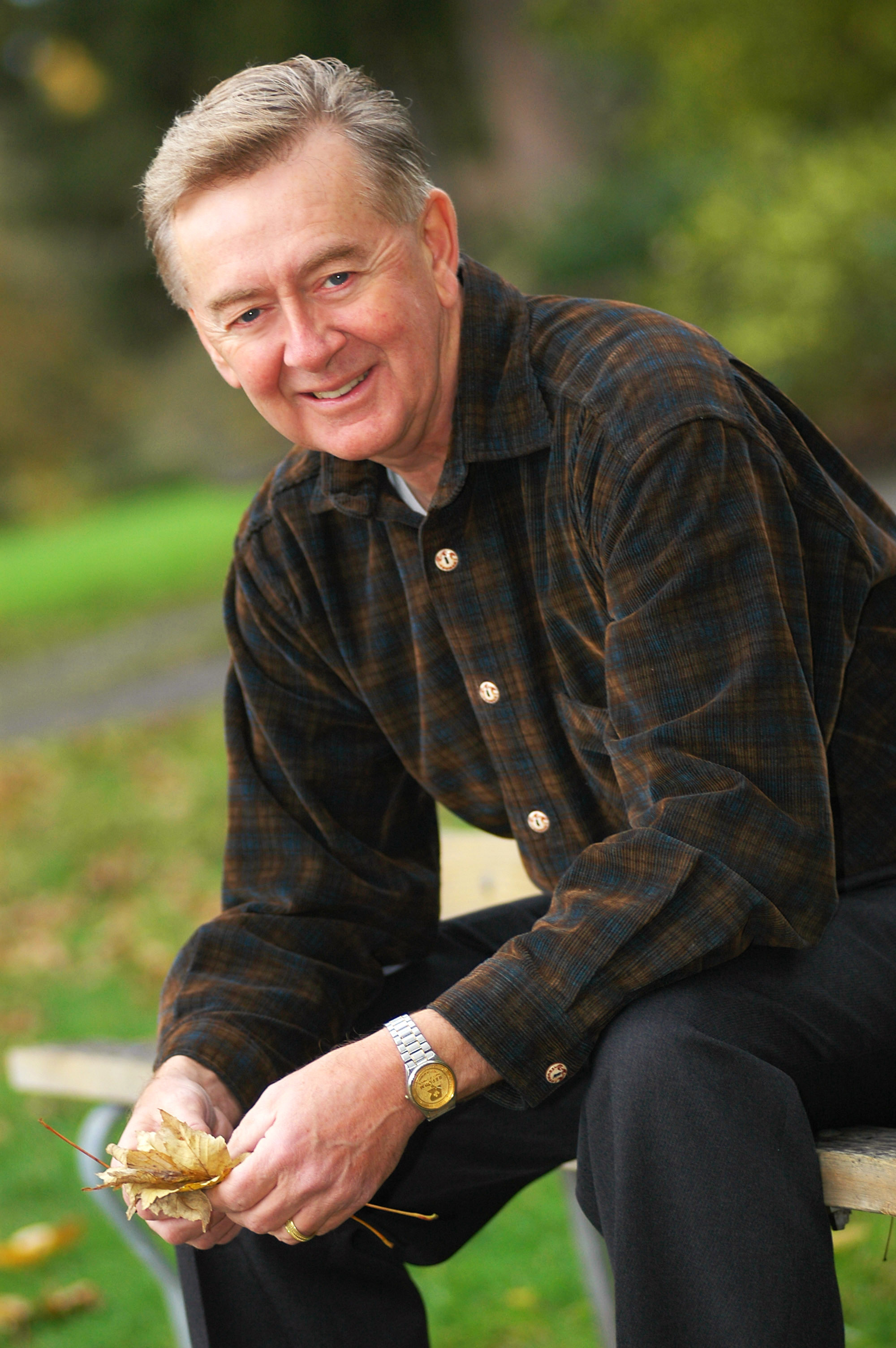Party vs. Movement at the Manning Centre Conference

Preston Manning.
In 1967, a young Preston Manning and his father Ernest, then the Social Credit premier of Alberta, published a provocative book entitled Political Realignment, which contended that “a merger of [the] staunchly federalist free-enterprise Social Credit and the wishy-washy middle-of-the-road Progressive Conservatives could create a vigorous, crusading national party of the right.”
Forty-seven years later, Canada is governed by a party representing that very coalition. But as conservatives gathered in Ottawa this month to discuss the state of their movement, dissonance and discontent, rather than celebration, were the orders of the day.
Eight years into its mandate Stephen Harper’s government feels tired, both politically and ideologically. When the junior Manning arrived in Ottawa just over two decades ago alongside fifty-one other Reform Party MPs, including Stephen Harper, his goal was not only the realignment of the Canadian right, but the wholesale transformation of a Canada that had been governed by the Liberal Party, with only brief interludes, since before the Second World War.
Ottawa was in crisis. Immovable constitutional negotiations had broken up Brian Mulroney’s once-invincible coalition into a host of ideological shards. Into this turmoil stepped the Reform Party, preaching its message of social conservatism, a smaller state and the need for sweeping democratic transformation. Unlike the more traditionalist and centrist PC Party, Reform carried with it the energy and pathologies of a grassroots protest movement, preoccupied as much by the desire to reform democratic institutions as the aim of advancing explicitly conservative objectives. (Manning even initially attempted to brand the party as “neither left nor right” and “more reformist than conservative.”)
The tension between these disparate thrusts—reformism/conservatism, movement/party—has haunted Reform and its successors, the Canadian Alliance and the Conservative Party of Canada, ever since. Today, in the midst of a Conservative majority government no less, many of the objectives which originally brought Reform to Ottawa seem very distant indeed.
Under Stephen Harper’s leadership the Conservatives have adopted ironclad message control and rigid party discipline. Despite promising never to appoint unelected Senators, the prime minister has put fifty-one into the Red Chamber, including several party operatives and defeated House candidates. Finance Minister Jim Flaherty, formerly an arch-conservative and a key figure in Mike Harris’ “Common Sense Revolution,” has even learned to stop worrying and love Keynesian economics. Publicly-funded advertisements cheerleading government spending programs are now seen from St. John’s to Vancouver Island. Social conservatism has not only been abandoned, but is actively suppressed within the party caucus.
These transgressions against Reform Party orthodoxy were clearly on the minds of many delegates at the Manning Centre Conference, an annual event that displays impressive levels of dynamism and idealism conspicuously absent from the parliamentary wing of the conservative movement.
The sense of separation between party and movement pervades every aspect of the conference. Tables in the main foyer outside the convention halls lean heavily towards social and religious conservatism. Several of the speakers are American conservatives peddling ideas far to the right of the Canadian mainstream, which would never see the light of day in Stephen Harper’s cabinet. But at one session, pollster Andre Turcott announced that the public is largely uninterested in the issues that matter to conservative activists, and spoke openly about the party as a “brand.”
In his keynote address, Preston Manning proclaimed that declining voter turnout is the most serious problem facing Canadian democracy. At the same time, the Conservative government is pursuing legislation which critics say seems designed to lower voter turnout.
The party and the movement may belong, as Manning puts it, to the same “extended family.” But at present this family is deeply dysfunctional, torn between the perceived exigencies of winning and maintaining power and the desire of activists to see genuine conservatism reach more deeply into Canadian society.
Such tensions are largely alien to the political centre, represented in Canada by the Liberal Party, which explicitly rejects populism as divisive and tends towards managerial governance and elitist brokerage. But these conflicts remain equally important on the other side of Canadian politics, represented by the NDP.
Like Reform, the original caucus of the Co-operative Commonwealth Federation (CCF) arrived in Ottawa with political ideas antithetical to the mainstream that have since woven themselves into the fabric of daily Canadian life and been implemented in public policy (see: universal health care). Like the Conservative Party, New Democrats have western, agrarian, populist roots. Both began as social movements with reformist ideologies and transformed into political parties competing for power.
In 2011, Canadians for the first time selected political parties of the populist right and left as both their Government and Official Opposition. As the Canadian left gathers in Ottawa later this month for the Broadbent Institute’s “Progress Summit,” much about the political future of Canada may depend on who manages the tension between party and movement more constructively.





